Features
Associate Professor Robert Weatherup is a new arrival in the Department of Materials. Continuing our series of ‘amazing people at Oxford you should know about’ ScienceBlog talks to Rob about his research in ‘interfaces science’ and the advances he’s working on for batteries, electric vehicles and sustainable technology.
You specialise in ‘interface science’. For the uninitiated, like myself, what does that mean?
Interface science is hugely important, but at the same time, it’s difficult to understand. When two surfaces meet, it’s where a lot of interesting chemistry happens.
If you think about your material, you have the ‘bulk’ and the ‘surface/interface’. The ‘bulk’ is where we have most of the material, all the atoms in ordered rows. It’s fairly easy to predict how that will behave. When you have two materials interfacing, you have a lot of that bulk on either side. And that gets in the way of trying to measure them.
The problem comes at interfaces where the surface interacts with other things. And that’s where it gets trickier.
For example, my work on batteries. In a lithium ion battery, you have an electrode in contact with liquid electrolyte. The reaction you want to happen is for lithium ions to travel from one electrode to the other. But you also get side reactions, like electrolyte decomposing or your electrode dissolving. These side reactions are why batteries stop holding as much charge. Like you see after about a year of using your phone, the battery just doesn’t go as far as it used to.
We want to be able to measure down to really small levels, like nanometre or even angstrom sensitivity at these interfaces. That means developing special techniques to do that.
And what kind of impacts and innovations can we expect to see coming out of this area?
Look at electric vehicles. People want the same kind of performance from electric cars as with petrol. They want it to last at least 10 years, have similar performance, and comparable cost. Two of the big problems with batteries at the moment is that they’re expensive and their total lifetime isn’t long enough.
If we can take that really close look at what’s going wrong, using some of these new techniques, we can try to find solutions for some of those problems.
What have been some of the milestones of the career that’s brought you to Oxford?
At heart, I’m a problem-solver, that’s why I got into engineering. So solving the problem of longer-lasting batteries, even a bit at a time, is exciting.
I did my PhD and undergraduate degree at Cambridge, in Engineering. I stayed to do a research fellowship, then I went to Berkeley in California for two years on the Marie Curie Fellowship, which was my route into looking at batteries.
To begin with, I was working on electronic devices, but then started to look more at the materials, like graphene.
Over in Berkeley they have a synchrotron facility that allowed for some really high sensitive techniques to look at those materials. A synchrotron is a big donut-shaped building where they spin electrons close to the speed of light to produce x-rays. I’ve spent a lot of my career hanging around different synchrotron facilities.
Basically, you use x-rays to illuminate the material you’re looking at. Then you can see the photoelectrons coming off it, which tells you a lot about its surface chemistry.
Using thin materials, like the graphene I’d been working with, I found a way to use this to look at higher pressure materials. For example, like the liquids you might find in batteries.
After Berkeley I went back to Cambridge and then I moved on to Manchester. For my research there I started working with the diamond synchrotron in Harwell, near Oxford, and that’s part of why I’ve ended up here.
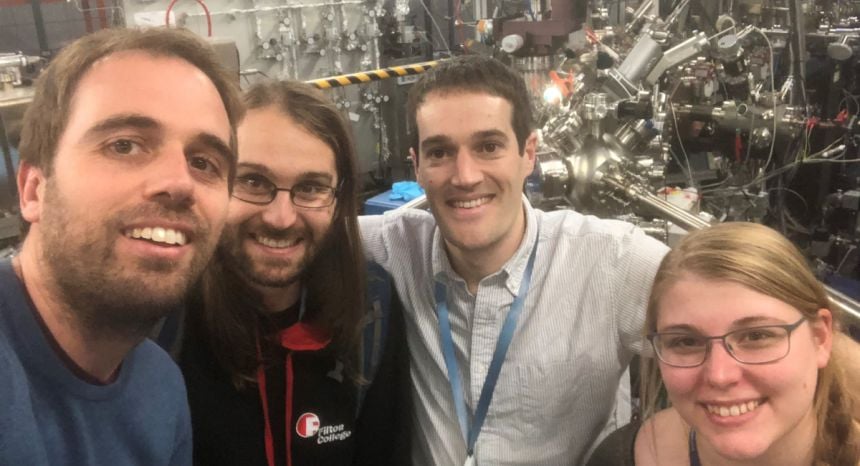 Rob and his team of colleagues at the Harwell Synchrotron
Rob and his team of colleagues at the Harwell SynchrotronSo, you did your undergrad and PhD at Cambridge, you’ve also worked in Berkeley and Manchester, and now you’re at Oxford. How have you found moving between those places?
The US system was very different. Partly because I was going from a university system to a national lab. It was a lot more open, both in discussing ideas and sharing equipment.
Though, on return to the UK, I’ve found universities have moved in the same direction. There’s been a successful push to open things up and make resources more widely available.
Coming from Cambridge, did you get any light-hearted grief from friends for coming to Oxford? And how have you found Oxford, generally?
I did. But I got my just desserts I think, because I did some of that joshing when I was at Cambridge. We had a few people who had come from Oxford, so I was winding them up about that. And then they took it upon themselves to remind me of this when I turned the other way.
A lot of things are superficially very similar between the two, of course. I have to adjust my language, sometimes I’ll find myself in the middle of tutorials talking about ‘supervisions’, so some little things take a while to get used to. But I’m getting there!
They’re both great places to do science, so there have been no major surprises and I’m settling in well.
One of your big projects is the ominously titled ‘What Lies Beneath’ with the Faraday Institution. Tell us about that?
That one has only really just started. The funding came through just before I came to Oxford and we’ve just had our first post-doc start with us about a week ago here. What’s nice is that Oxford has lots of battery research, equipment and colleagues (like Peter Bruce and Mauro Pasta) to lend expertise.
That project still involves a collaboration with Manchester and with the Diamond Light Source at Harwell, so we’re keeping strong links with that excellent facility and I have some students based down there.
And what’s the overall goal of that project?
We are trying to look at the interfaces in batteries, which are buried. That ‘bulk’ I mentioned earlier? That hides a lot of the reactions.
So we’re looking at both solid state batteries and liquid cells, working to understand those lifespan issues.
Solid state batteries are where you have solid electrolytes. Those aren’t really commercially available yet, but they have very high energy density and can also be safer as the electrolytes aren’t flammable. But when you have these two thick solids, it’s even harder to probe. So we’re looking at ways to thin down the electrodes, and also looking deeper and using ‘hard x-rays’.
This is the first time this is being done with working batteries. Previously, you’d pull the surfaces apart to get a better look, but the chemistry is changed by separating them.
So you can’t look at what’s happening while the battery’s charging or discharging.
And what might the impact be of this kind of research? How’s it going to change how we look at batteries and electric vehicles?
The blue sky part of the research is new techniques to get a closer look at the interfaces and chemistry.
Practically, we hope to understand why we’re getting degradation in higher capacity materials.
There are new materials that could provide better performance and be cheaper. But they may also be less stable and interact in new ways with the electrodes, so we really want to understand why that is.
And these are batteries that are close to market already, so it can have a real impact on the industry.
You grew up in Chelmsford, right? Would it be okay to say a little about your journey from there to Cambridge and then to here? What got you into engineering?
I was born in Chelmsford and went to the local grammar school. Chelmsford’s actually where Marconi founded his first radio factory. So a lot of the local industry was related to telecommunications.
What got me into engineering was a very passionate design and technology teacher, who had a keen interest in electronics. She was really good at running after school activities that were great for involving you and keeping your interest up. She was one of the most defining teachers I had, definitely. She encouraged me to get involved in a local engineering scheme as a hobby too, and to seriously pursue a path to a career in the field.
It probably helped having a dad who was a physicist and worked as an electronic engineer for a local company too.
Oxford has a rich history of work on batteries, with John B. Goodenough, who pioneered the Lithium Ion battery, recently being awarded a Nobel Prize. How does your work build upon that history?
Absolutely. We’re working with very similar materials. The cathode materials we’re still looking at, 30-odd years on, are still based on that structure, tweaked for higher capacity.
He had a huge impact on the commercially viable lithium ion battery and his work is still very pertinent to the real batteries we’re working on.
Many of his former students and colleagues are active at Oxford; there’s Bill David in Chemistry here, who I work with at Diamond, and Peter Bruce here in Materials as well.
Obviously, electric cars and thus lithium ion batteries are a hot button topic at the moment, any insights on what the future holds for them, based on your work?
Not just my work – look at government policy. We’re committed to all cars being zero emission by 2040. Electric vehicles look like the most promising solution. Which is why things like the Faraday Institution have been founded.
In terms of what we’re doing, we want to make these new higher capacity materials viable for the next generation of batteries, to make them more stable and offer longer lifetimes. We expect that in about 5 to 10 years that these new materials could be used in real world batteries.
For solid state batteries too, I can’t give an exact estimate, but it could be up to 20 years before we see them used in cars or phones. But we could see them used in smaller portable devices sooner!
Talking of timescale, what do you think we’re looking at for when electric cars might meet people’s expectations, compared to petrol?
You’re not going to wake up overnight and find that suddenly batteries have twice the capacity. But those kind of advancements are coming, and our work is helping get there.
Gradually those little steps will keep building up and they’ll become cheaper, they’ll last longer and that kind of thing.
The more unpredictable thing is if we’ll have a breakthrough where suddenly we find a new kind of material that will completely change the game.
Obviously, I can’t say when or even if that will happen, but it’s the kind of thing that can only happen if we do the research and better understand what’s going on with the materials.
What one thing about your research we haven’t covered yet that you think is important and interesting?
Beyond the batteries, we’re working on how we might be able to make other technologies to be more sustainable. For example, the synthesis of fuels and chemicals.
There’s an increasing interest in this idea of green chemistry. So, how do you capture waste products from industry or vehicles (like CO2) and turn them into something useful? Basically, how do we close the ‘carbon loop’?
This will be one of the few ways to make some technologies sustainable – but we’re not going to see batteries powering planes any time soon.
Where do you want your career at Oxford to take you? Where will this research take you?
Firstly, I’m hoping to build up the strength of my group to address some of these problems! Oxford’s full of like-minded people, so it’s a great environment to do that.
And I’m hoping some of the techniques we’re developing, will really give the validation that we’re doing important work.
And what would you say to people considering studying engineering, electronics or materials?
‘Do it!’ I think people should definitely consider it if they like problem-solving and understanding how the world works.
In terms of personal qualities, you need a lot of resilience and persistence. The nature of research is that things often go wrong and it’s easy to give up and call it a day, but often those are the times where, if you just keep going, you can make it work or learn why it wasn’t working. So many of the things we’ve understood in history aren’t from well-designed experiments that went well, but from when they didn’t go well. Just keep pushing on.
The Ashmolean's 2019 exhibition explored ancient Pompeii. The exhibition has closed, but conservators continue to uncover the hidden histories of 37 previously untouched objects.
After a fascinating morning in the Ashmolean’s conservation labs, I find myself wandering through the Last Supper in Pompeii exhibition. Viewing the many wonderful exhibits with a renewed wonder for the conservation work that’s gone into them, my eye is drawn to a statue of Apollo towards the end.
It’s a gorgeous bronze piece, but this time that’s not the principle reason for my interest. The label tells me that it was later adapted for use as a tray holder during meals. For a moment, I ponder what the famously capricious deity would make of having his statue modified in such a way.
But for the most part, I’m caught by how it found a second life at the banquet table.
This is perhaps the biggest thing I took away from my visit to the labs. The Ashmolean was given 37 items from the Pompeii Archaeological Park’s archive. None of these had been outside Pompeii or seen significant conservation work before. As such, this represents a unique collaboration. And each object, especially those which have seen lots of practical use, tells a story.

Conservation Manager Alexandra Baldwin was kind enough to talk me through the various techniques used to analyse and conserve these objects. This is how they fight back to keep items in the best state possible. It’s also how they tease out the details that help us map each object’s journey.
Spread out on the tables in the lab are various copper pots, bowls, jugs and other vessels. Alexandra tells me that finds like these are quite rare. Due to the intrinsic value of metal, such items wouldn’t be thrown away, but sold second hand, repaired, reused and eventually melted down and remade.
But it’s exactly this long and varied lifespan that makes these objects so interesting.
There are two places you tend to find metal objects like this. The first is sites of ritual deposition, like burials. The second is places that have been struck by sudden catastrophe.
It’s only in those sites of catastrophe like Pompeii and Herculaneum that we find items that were still in use. So each nugget of information uncovered about these objects – from dents to organic residue to location found – tells a bit more of a story.
Take, for example, one of the especially fine pieces they’ve restored for the exhibition: a copper bowl with an intricate ram’s head handle and delicate silver inlay. To my untrained eye, the handle carving especially is gorgeous. This ‘patera’ was likely used for ritual hand-washing.
Slowly and painstakingly, Alexandra clearing away the detritus of the years with the help of delicate surgeon’s tools and binocular microscope. Alexandra and colleague Stephanie Ward (Objects Conservator) told me that as the fine details emerged, it became clear this was one of the finest pieces they’d seen.
Which is actually a little odd, given all these objects were excavated from one of Pompeii’s backstreet taverns. Hardly the venue you’d expect to find a well-crafted piece like this.
Looking over the maps of Pompeii, Alexandra pointed out landmarks like main roads, temples and the amphitheatre. It’s just round the corner from this site of various state-sponsored games and gladiatorial matches that the tavern is located. With a spacious garden, even including a small vineyard, it seems like it would have been a very pleasant location to pass an afternoon eating with friends. Given most ordinary Pompeiians wouldn’t have had their own full kitchens, take-away and dining out would have been a pretty regular part of their diets. So, how did such a fine piece end up in a run-of-the-mill eatery?
Further analysis (including x-rays) revealed the dents and damage the bowl had sustained. You might expect a bowl from Pompeii to be a bit worse for wear, but these were marks from before the eruption of Vesuvius. Given this clue, it seemed that this piece had probably been previously owned by a noble household, then damaged and sold on. Eventually, it made its way to this downhill tavern to be used by a multitude of regular citizens.
When the objects arrived in Oxford in several bright blue packing crates, the conservation team thought it would be a relatively straightforward job. They certainly weren’t expecting the various surprises and discoveries that their analysis would reveal about the many ordinary lives these objects touched.
Perhaps the biggest surprise was a bowl which, due to its shape, would usually be assumed to be used for ceremonial hand-washing. But during the cleaning process, Conservator Miriam Orsini found strange shapes embodied in the bottom. They looked, perhaps, like insects. None of the conservation team were insect experts, but thankfully the University of Oxford museums are filled with a wide variety of experts.
An entomologist from the Natural History Museum was called in: they identified the remains as common fly larvae and rove beetles.

Insects like these wouldn’t have been interested as water; they’re attracted to protein. So the team could determine that this bowl would have been used for raw meat or fish. Perhaps a scrap bowl or a mixing bowl of some kind? Another example of something that likely served multiple uses over time, each of which unearths another piece of lives that – if not for Pompeii – we’d know very little about.
Walking around the exhibition after seeing the labs, this sense of exhibits as holding secret stories felt incredibly pronounced. A lot of them feel full of personality. There’s the branded murals and fish sauce bottles from one of Pompeii’s nouveau riche fish sauce (‘garum’) barons, clearly keen to show off his humble beginnings. Devotive offerings found in kitchen shrines (close to the hearth that was the centre of the home) also seem to whisper about ancient hopes and prayers.
Amidst the case that contains many of the newly conserved items, we can also see one jar left in the state in which it was excavated. It’s crusted with pumice that grows off the rim like a rocky fungus, and coated with a light blue sheen of volcanic-formed Lapili. It’s a stark contrast to the other pieces, delicately restored to their distinctive copper-tarnished surfaces.

A video nearby illustrates some of the work in the labs that I was privileged to have explained to me. We see, for example, how x-rays revealed the various repairs the vessels had undergone. Some had clearly been fixed up by skilled craftspeople with thin copper strips, riveted on. Others had crude repairs of melted lead poured over cracks. Again and again, these vessels were used and re-used, a constant part of the practical lives of Pompeiians.
So perhaps it’s appropriate that they’re being used here, again, as part of an exhibition that highlights the relationship between a people and their food.
And there’s still more analysis underway. Many of the objects still had traces of organic material (partly thanks to the copper they’re made out of, which kills bacteria). In another collaboration, the Oxford Archaeology and Chemistry departments are currently working together to find out what that can tell us.
Once the exhibition ends (after the last day tomorrow, 11 January), still more work will be done with x-ray and other techniques. It seems this partnership with the Parco Archeologico di Pompei, with funding for the conservation work supported by the Stockman Family Foundation and the Helen Roll Charity, has more secrets to uncover.
Coming up next for the conservation labs at the Ashmolean will be some work on their Ancient Near East collection. Among other techniques, this project will use hyperspectral imaging to uncover more about ancient objects from sites such as Ur and Nimrud. While it’s too early to say what will be discovered, they are hoping that such analysis could (for example) tell us more about the pigments and colours which would have decorated ivory and carved figures, and stone reliefs, bringing a bit of colour back into history…
By Amy Hinsley
Promoted as a 21st century version of the ancient Silk Roads, China’s Belt & Road Initiative (BRI) aims to improve global connectivity and change the shape of international trade. The multi-billion-dollar project will link China with countries in Southeast and Central Asia, East Africa, Europe and beyond, building a network that will include almost two thirds of the world’s population.
From a conservation and sustainability perspective, the roads, railways and ports that form the land ‘belts’ and marine ‘roads’ of the BRI have received some attention but the aim to expand Traditional Chinese Medicine to the world has not. This may be a serious oversight, as products used in TCM are derived from plant, animal and fungal ingredients, many of which are wild-sourced. This means that rapidly growing markets could put pressure on species harvested legally to supply them, and may even lead to an increase in illegal trade to supply informal markets. However, it also brings opportunities for well-managed sustainable trade, which can bring significant benefits to people in poor, rural communities with few other livelihood options.
In our new paper in Nature Sustainability, we evaluate the potential risks and opportunities of Traditional Chinese Medicine expansion via the BRI with a focus on developing strategies for well-managed, sustainable wildlife trade chains. We outline four steps to achieve this and highlight the importance of Chinese leadership in this process, which aligns with the country’s goals of a green BRI. Countries including Nepal, Portugal, Poland and Zimbabwe have shown interest in working with China on developing these medicinal markets, and this diversity of countries will mean that risks and opportunities will vary greatly. The first step is therefore to work with cross-sector stakeholders in different countries to understand how Traditional Chinese Medicine markets will grow, and how this might affect supply of products made from wild species. This evidence base should then be used to develop targeted sustainability strategies, and identify priority species for which illegal and unsustainable trade may become a threat. Finally, species that can be sustainably sourced should be identified, with a focus on species and areas that present an opportunity for both conservation and poverty alleviation.
As the BRI enters its seventh year China is reaching out to more countries to cooperate on the marketing, registration and promotion of Traditional Chinese Medicine products. There is now a critical short-term window for the identification of potential risks and opportunities, to ensure that sustainability is built into these markets from the start.
BEHIND THE RESEARCH
 Chinese traditional medicine trade
Chinese traditional medicine tradeWhilst our conservation experience working on wildlife trade issues allowed us to consider in detail the potential risks that might arise from better connectivity and increased demand for TCM products, it was clear that to create meaningful impact we must get buy-in from relevant stakeholders. We secured an opportunistic meeting with representatives of the Chinese Association of TCM (CATCM) in Beijing, who work with the TCM industry, including on BRI expansion. Following discussions with CATCM we established that there was interest in developing more sustainable TCM supply-chains in BRI countries. However, we also established that the situation was going to be highly complex, with both supply and demand of TCM products likely to vary greatly between different countries and regions.
We invited authors from different disciplines and sectors to help develop a strategy for sustainability that could account for the complexity of BRI TCM markets. Our final author team includes academics and practitioners working on wildlife trade, livelihoods, and sustainable supply-chains for medicinal plants, as well as a policy-maker in China with experience of working on TCM and conservation. This collaboration resulted in a paper that lays out a realistic, four-step strategy for understanding the risks of BRI TCM and turning them into opportunities for sustainability. As the BRI enters its seventh year China is reaching out to more countries to cooperate on the marketing, registration and promotion of TCM products. There is now a critical short-term window for the identification of potential risks and opportunities, to ensure that sustainability is built into these markets from the start.
The paper is available in both English and Chinese language versions.
The concert in May 2019 saw Gaz and his band perform a bespoke set with the 42-piece ‘Hot Fruit Orchestra’, made up of students, professors and alumni of the Oxford University Faculty of Music. The Hot Fruit Orchestra was a ‘scratch orchestra’ – none of the musicians had played together before.
The response from the players and the audience was equally as enthusiastic. Professor Gascia Ouzounian, who performed at the concert, said: "This was an extraordinary opportunity for students and staff from the Faculty of Music to play alongside Gaz Coombes, one of the world’s finest singer-songwriters, in the Sheldonian, an historic building, with gorgeous orchestral arrangements by composer Luke Lewis.
DPhil student and performer Patrick Brennan said: "I really enjoyed the fusion that took place in the Sheldonian that evening - the chance to play my violin at an orchestral desk, but accompanied by guitars, drums, synthesisers, and of course Gaz Coombes’ sensational vocals."
The venue was provided for free as part of the Sheldonian Theatre Curators' 350th Anniversary Community Engagement Scheme - a way of allowing the community and different groups of people to access the historic building.
Track listing for ‘Sheldonian Live EP’:
1) The Girl Who Fell To Earth (Sheldonian Live)
2) The Oaks (Sheldonian Live)
3) Walk The Walk (Sheldonian Live)
4) Slow Motion Life (Sheldonian Live)
George Busby of Oxford University's Big Data Institute discusses his team's research into human genetic resistance to malaria and humanity's age-old struggle against the disease.
Humans have long been thwarted by ‘the fever’. References to malaria’s infamous febricity are found across antiquity, from writings by the four thousand-year-old Vedic sages of ancient India to the Greek physician Hippocrates. But the disease, caused by a group of parasites belonging to the Plasmodium genus, has troubled our ancestors and close relatives for much longer. A range of malaria species infect apes, monkeys and birds across the tropical world and we now know that about 50,000 years ago the ancestors of Plasmodium falciparum, the parasite responsible for most of the current human burden of the disease, transformed from infecting gorillas to parasites that can infect us.
This means that throughout our history, wherever the ecological conditions have been able to support the mosquitoes that transmit the disease (including the marshes of Kent well into the 19th Century) we’ve been accompanied by the blood parasite which many believe to be one of the largest killers of people in human history. Reports of malaria killing half of the people who have ever lived are likely to be wide of the mark, however.
Given this shared history, you might expect humans to have evolved ways to neutralise the devastating impact of malaria. In evolutionary terms, the stakes are high - falciparum malaria is most deadly in young children - so there is a clear advantage to adapting to beat the parasite. And, because evolution works with new mutations in DNA that cause genes to work in new and different ways, adaptations that gave our ancestors one up against the parasites should be found across the human genome.
One such adaptation was discovered in the 1950 when Anthony Allison observed that there tended to be more people with sickle cell trait in malarial areas than places without the disease. Perhaps, he thought, because sickle cell trait affects the function of people’s blood cells, it afforded some sort of protection against malaria parasites, which thrive by infecting their host’s blood cells. This idea was a development of the ‘Malaria Hypothesis’, invented in 1948 by famed geneticist JBS Haldane, which proposed that certain human traits, particularly those involving blood groups, rise to high frequencies in some populations because they protect people from malaria. The relationship between sickle cell and malaria was soon confirmed when children in Uganda with sickle cell trait were shown to have fewer malaria parasites in their blood than those without the trait. Sickle cell trait is now known to be caused by a single letter change in the genetic code and is the canonical example of human evolution to infectious disease.
Epidemiological research over the intervening years has provided further evidence of human adaptation to malaria. But to go further and investigate the impact of malaria on our DNA requires large well curated datasets of DNA from across the tropics. And, because much of the burden of malaria is in Africa, whose populations are among the most genetically diverse on earth, we also need to think carefully about the statistical approaches that can tease out the real genetic signals from background variation.
Addressing old problems with new data
Big datasets and statistical methods have recently become available thanks to large long-term international collaborative efforts. One such collaboration is the Malaria Genomic Epidemiology Network (MalariaGEN), a global network of malaria researchers that have worked together over the last 20 years to build the largest dataset of human genomes yet assembled for malaria research.
In a new paper using data from over 17,000 people from nine African countries, Vietnam and Papua New Guinea, we explored the extent to which adaptation to malaria has left footprints in the human genome. We used a method called Genome Wide Association Study (GWAS) which compares the DNA of people who have suffered from severe malaria with a control set of people who did not have the disease. The concept of a GWAS is straightforward: you scan these two groups of genomes to look for systematic differences in the genetic code between the malaria cases and the population controls. In practice though this is incredibly difficult as there are many places in the genome where these two groups might differ for reasons that have nothing to do with malaria. Nevertheless, with appropriate care, it is possible to identify regions of the genome where such differences occur, and these provide evidence of association with malaria susceptibility and hint that they might have played a role in evolution against malaria.
Blood cell evolution
Our GWAS found five regions of the genome with convincing evidence of association with malaria. Encouragingly, four of these regions contained genes involved with blood cell formation and function, which one might expect given that this is where the parasites attack. The most compelling case for genetic association with malaria is the gene controlling sickle cell trait, mentioned above. Individuals with this trait were up to ten times less likely to get malaria than those without. We found further evidence of protection from malaria at the gene that controls the main human ABO blood groups. Our analysis supports previous work that has shown that being blood group O in Africa offers some protection from severe malaria. But this association is complex, and strangely, you are at a greater risk of contracting severe malaria in Papua New Guinea with this blood group. Our analysis also corroborated our recent discovery that the individual’s carrying the Dantu blood group are protected from malaria. This blood group is rare however, and currently mainly found in people from East Africa, particularly Kenya.
Whilst we are confident that all five of these regions are associated with malaria, together they only account for about 10% of the genetic contribution to malaria susceptibility. Given the size of the dataset this a conundrum: it suggests that although we know that there are more genetic variants that influence an individual’s malaria susceptibility, we don’t know what they are. One possibility is that malaria susceptibility is controlled by many genetic variants spread across the whole genome, each with a small individual effect. This so-called polygenic model of adaptation is increasingly being used to explain predisposition to a number of diseases, and although our method is less good at picking up these types of signal, it’s an avenue for future work. Another possibility is that variation in especially complex regions of the genome, that are hard to access using our current data, is involved. Finally, it’s also possible that the parasite has itself evolved to overcome human adaptation in an evolutionary arms race. Parasites and humans may have been adapted to each other in slightly different ways in different parts of the world, so the mutations that help against the parasite in East Africa might not be so helpful in West Africa. Future work is planned to explore the fascinating idea of human-parasite coevolution.
So, have the loci we've discovered been driven to high frequency by natural selection, as Haldane suggested? Well yes and no. We found that these variants are systematically more likely to be found in individuals from sub-Saharan Africa than from regions where malaria has been less prevalent, showing how the genomes of Africans have been shaped through millennia of onslaught from the malaria parasite. But the variants themselves are quite different to each other, with some being very rare except in specific geographical locations, and some found at high frequency all over the globe. This suggests that further factors might be at play. Our paper highlights the potential advances in understanding that large, coordinated data sharing networks can provide in the battle against this most ancient foe.
The full paper, 'Insights into malaria susceptibility using genome-wide data on 17,000 individuals from Africa, Asia and Oceania,' can be read in Nature Communications.
- ‹ previous
- 45 of 248
- next ›
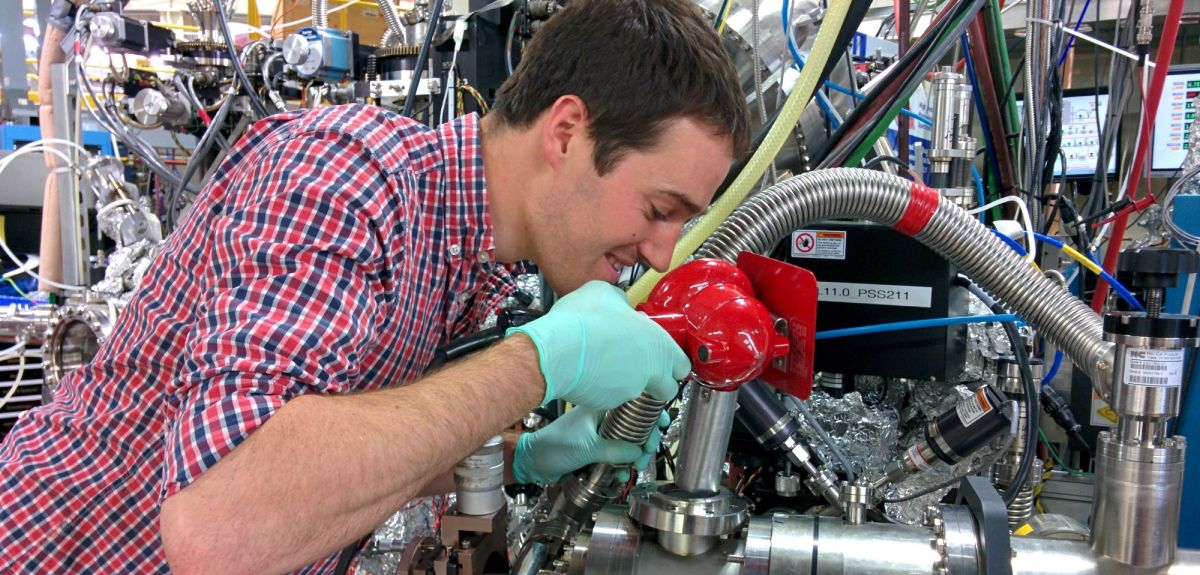
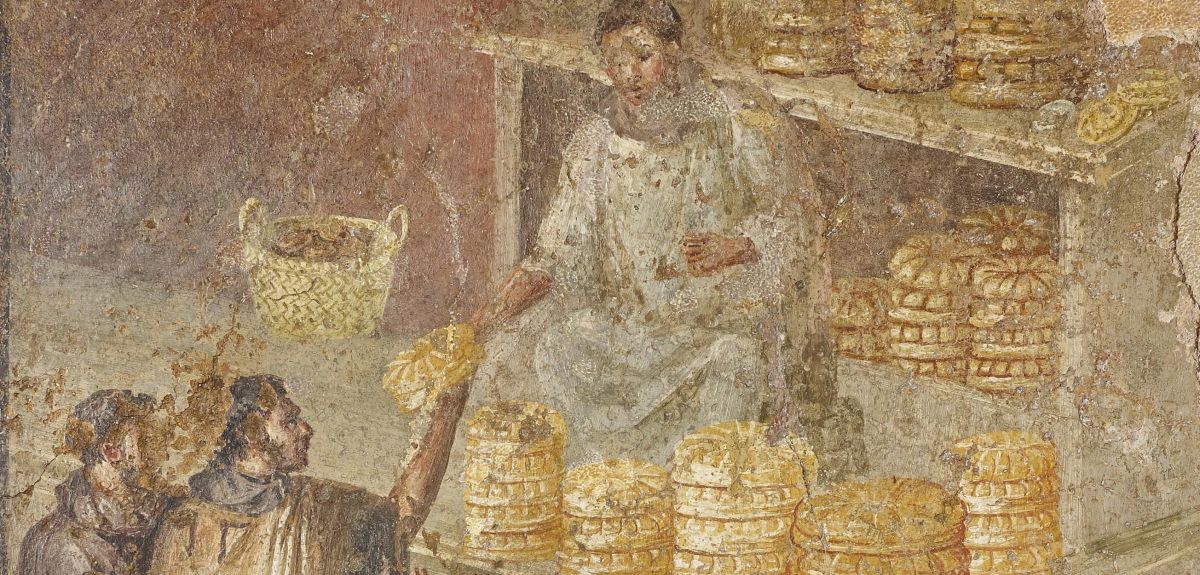
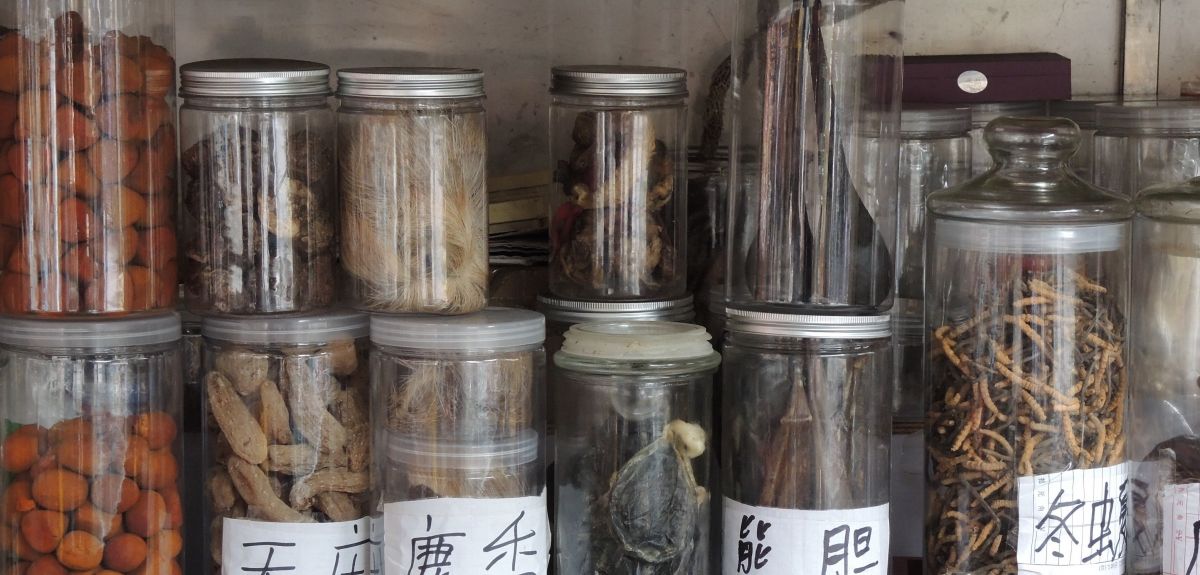
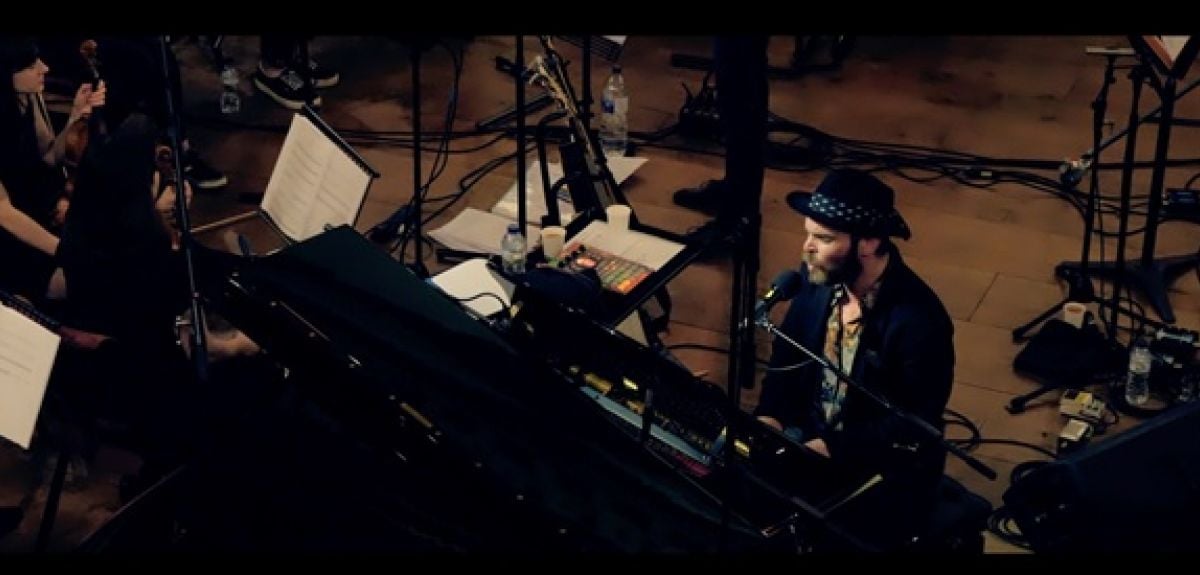
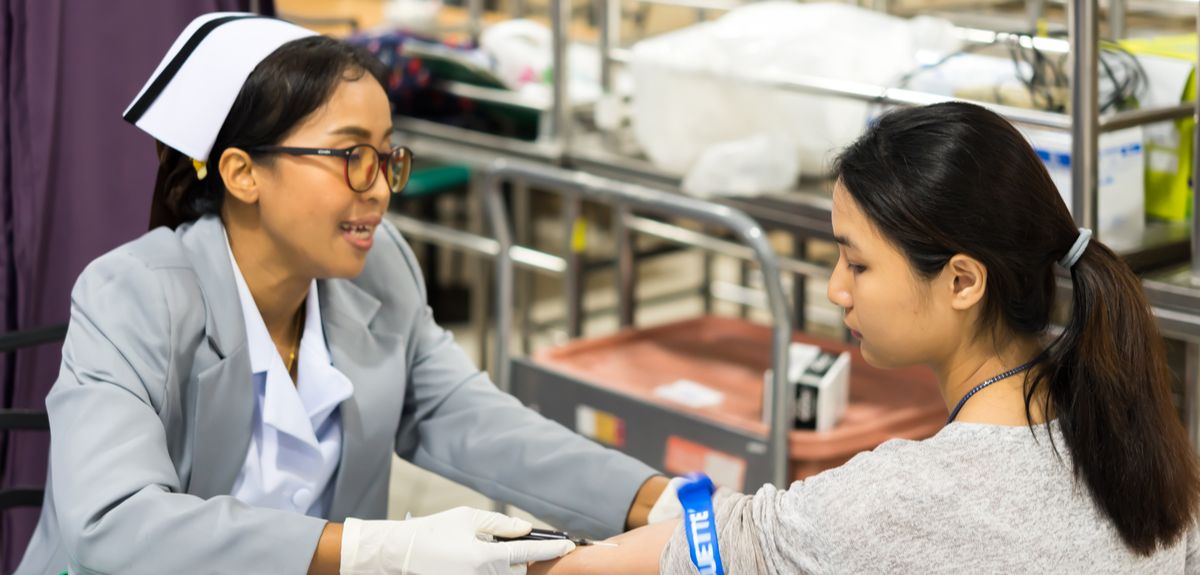
 A blueprint for sustainability: Building new circular battery economies to power the future
A blueprint for sustainability: Building new circular battery economies to power the future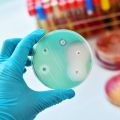 Oxford citizen science project helps improve detection of antibiotic resistance
Oxford citizen science project helps improve detection of antibiotic resistance The Oxford students at the forefront of the fight against microbial resistance
The Oxford students at the forefront of the fight against microbial resistance  The hidden cost of AI: In conversation with Professor Mark Graham
The hidden cost of AI: In conversation with Professor Mark Graham  Astrophoria Foundation Year: Dr Jo Begbie reflects on the programme’s first year
Astrophoria Foundation Year: Dr Jo Begbie reflects on the programme’s first year World Malaria Day 2024: an interview with Professor Philippe Guerin
World Malaria Day 2024: an interview with Professor Philippe Guerin From health policies to clinical practice, research on mental and brain health influences many areas of public life
From health policies to clinical practice, research on mental and brain health influences many areas of public life From research to action: How the Young Lives project is helping to protect girls from child marriage
From research to action: How the Young Lives project is helping to protect girls from child marriage  Can we truly align AI with human values? - Q&A with Brian Christian
Can we truly align AI with human values? - Q&A with Brian Christian